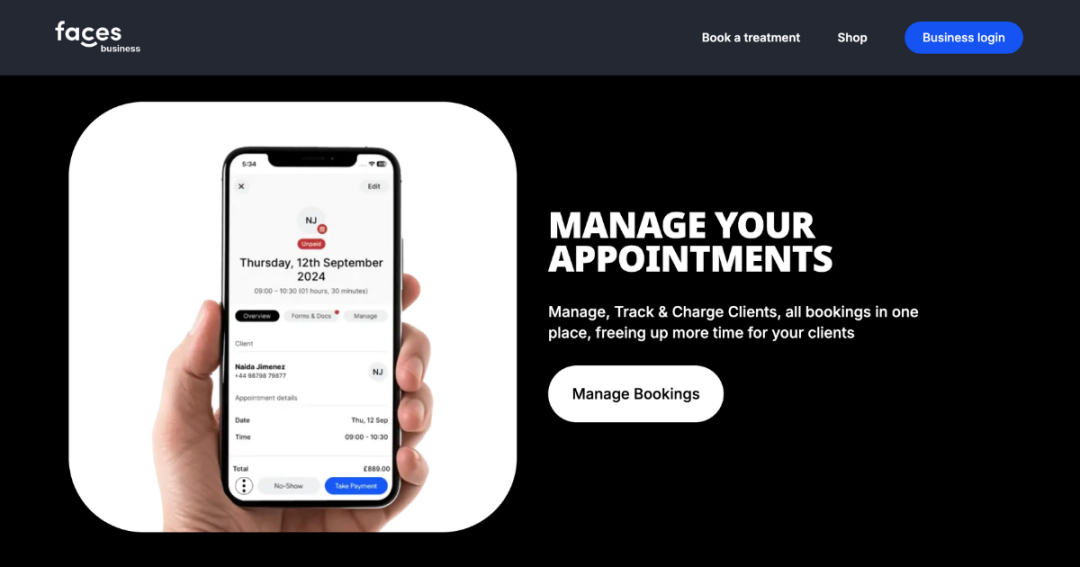
Every aesthetic procedure comes with an implicit level of trust between the client and the practitioner. The trust is built between practitioner and client, and what plays a major part in this is well-detailed consent and aftercare forms.
Consent forms are needed for ethical compliance
When treating clients for Botox, these consent forms are needed to make sure the client and practitioner are safe and informed. A Botox consent form serves as the cornerstone of ethical practice, providing transparency and demonstrating respect for the patient’s autonomy.
It is a crucial tool to inform the client about the procedure, its risks, benefits, and alternatives, as well as to document their understanding and voluntary acceptance of these factors. Moreover, these consent forms are legal documents that protect both the patient and the aesthetic practitioner and are thus essential from a medico-legal perspective.
What should be in a Botox consent form?
A good Botox consent form, such as those offered by Faces Consent, should be thorough and easy to understand. It should clearly outline the specifics of the procedure, possible side effects, post-treatment care, and what to expect in terms of results. This not only ensures the patient’s informed consent but also minimises potential disputes and complaints, safeguarding the practitioner’s reputation and practice.
For instance, practitioners should personally discuss the consent form with the patient and not leave it to ancillary staff. They should give the patient adequate time to consider their decision, discouraging impulsive decisions that they may regret later.
No consent form, no treatment.
Aesthetic clinics and aesthetic practitioners should refuse treatment to any client they believe doesn’t need a Botox treatment, rather than just doing it for the money. Some clients aren’t suitable for treatments even though they are happy to sign a consent form. Morally, the practitioner should explain to the client why they shouldn’t have the treatment, and the practitioner should stick to that.
In recent years, there has been a surge in online Botox treatments, which has posed new challenges for obtaining informed consent. In these scenarios, digital consent forms such as those offered by Faces Consent can be extremely useful. But it is essential that the same rigorous standards of patient-practitioner communication and respect for patient autonomy are maintained in this virtual environment.
A consent form is not just another box to tick
While some may view Botox consent forms as just another box to tick in the process, it is essential to appreciate their legal and ethical significance. They are an embodiment of respect for patient autonomy and an indispensable tool in risk management for aesthetic practitioners.
Where can you find a good Botox consent form?
Faces Consent offers Botox consent forms that are not only legally robust but also embody the highest ethical standards. These forms are easily accessible and straightforward to understand, giving transparency and trust between the practitioner and client. This makes them a reliable choice for aesthetic practitioners who are committed to upholding the highest standards of patient care, ethics, and medico-legal protection.